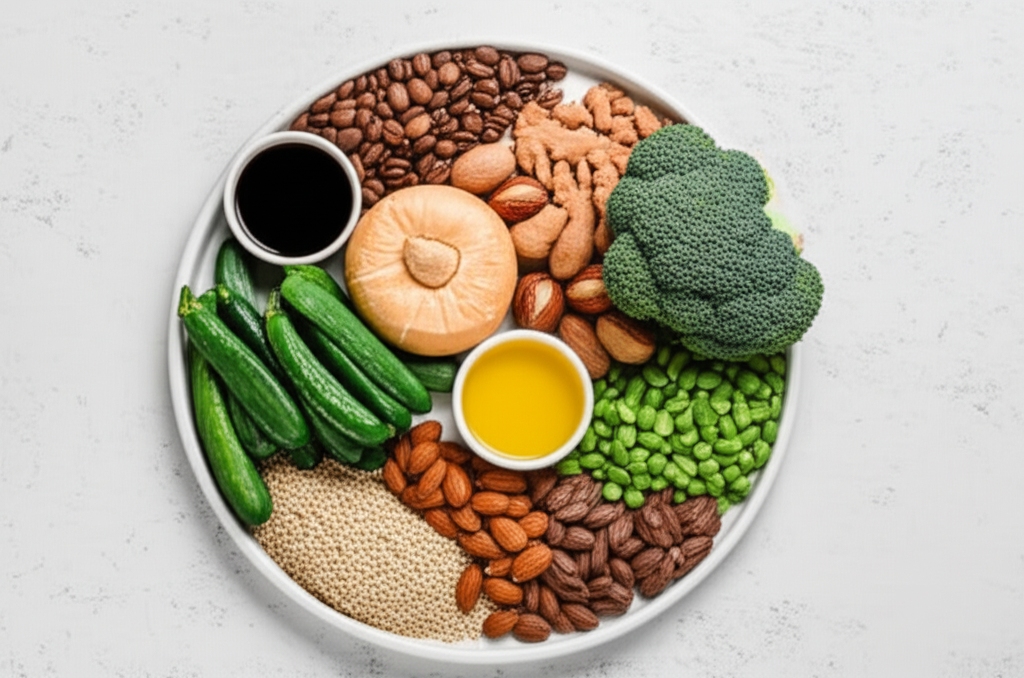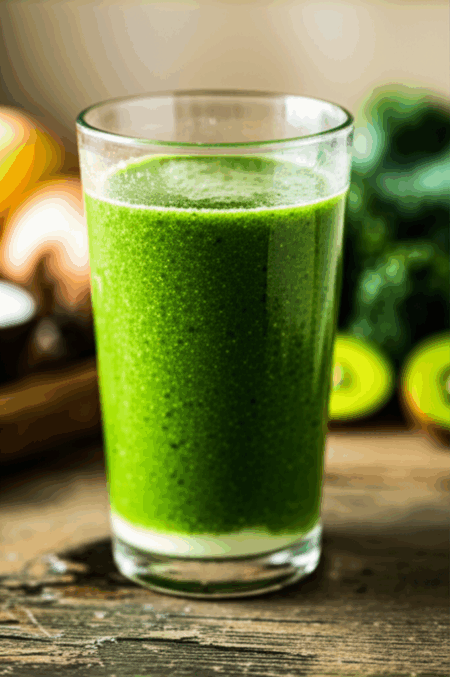As the years accumulate, our dietary choices take on magnified importance, profoundly influencing our susceptibility to chronic illnesses such as heart disease, diabetes, cancer, and neurodegenerative conditions. It’s a truth universally acknowledged among nutrition experts: what we habitually put on our plates today shapes our health outcomes tomorrow. Beyond fleeting diet trends, a consistent pattern of mindful eating, centered on avoiding specific detrimental foods, is the cornerstone of healthy aging and disease prevention. So, what are the foods that nutrition experts deliberately leave off their menus to safeguard their health in later life?

The Guiding Philosophy: Whole Foods Over Highly Processed
The overarching principle for nutrition professionals dedicated to longevity is a focus on whole, minimally processed foods, especially those derived from plants. This philosophy inherently means reducing or eliminating foods that contribute to chronic inflammation and offer little nutritional value. Experts universally recommend prioritizing vegetables, fruits, legumes, nuts, and whole grains, along with healthy fats like rapeseed oil and fish, while significantly limiting red and processed meats, sugary drinks, and solid fats.

Ultra-Processed Foods: A Primary Target for Reduction
Perhaps the most significant category nutrition experts steer clear of are ultra-processed foods. These items, often identifiable by ingredients not typically found in a home kitchen (like emulsifiers or flavorings), are consistently linked to a higher risk of chronic diseases and slower aging.
Sugary Drinks and Refined Carbohydrates
Sodas, sweetened beverages, and many “sugar-free” alternatives are high on the list of avoided items. Sugary drinks contribute significantly to excess sugar intake, increasing the risk of weight gain, diabetes, and other health issues. Similarly, refined grains found in white bread, instant cereals, doughnuts, pancakes, and waffles offer minimal nutrients and can lead to rapid blood sugar spikes and chronic inflammation.
Processed Snacks and “Empty Calories”
Chips, many cookies, and other packaged snacks fall into the ultra-processed category. They often contain high levels of unhealthy fats, sodium, and sugar, providing “empty calories” without essential nutrients. For older adults, who may be less active, these foods make it harder to maintain a healthy weight and obtain necessary vitamins and minerals.

Limiting Inflammatory and Harmful Fats
The type and quantity of fats consumed play a critical role in chronic disease prevention. Nutrition experts consciously limit or avoid sources of unhealthy fats that promote inflammation and cardiovascular problems.
Fried Foods and Trans Fats
Foods fried at high temperatures release free radicals that cause cellular damage, contributing to accelerated aging. Fried foods are particularly unhealthy due to high levels of saturated and trans fats, which increase the risk of heart disease, stroke, and Type 2 diabetes. Trans fats, often found in fast food and junk food, can stiffen arteries and blood vessels, leading to premature aging and wrinkles by reducing blood supply to the skin.
Excessive Saturated Fats
While not entirely eliminated, experts recommend significantly reducing saturated fats, often found in high-fat dairy and some meats. A shift towards unsaturated fats, especially polyunsaturated fats, is recommended to lower the risk of noncommunicable diseases.

The Dangers of Excessive Sugar and Sodium
Two common culprits in the modern diet, excessive sugar and sodium, are carefully managed by nutrition experts to avoid long-term health complications.
Added Sugars
Beyond sugary drinks, added sugars are prevalent in many processed foods, candies, and desserts. Consuming too many added sugars contributes to weight gain, increases the risk of heart disease, diabetes, and can promote low-grade chronic inflammation in the body. Experts aim to keep free sugar intake to less than 10% of total energy intake, ideally reducing it to less than 5% for additional health benefits.
High-Sodium Foods
Too much salt can lead to high blood pressure, stroke, and heart failure, particularly problematic for older adults with a history of hypertension. Nutrition experts are diligent in reviewing nutritional labels and limiting high-sodium foods, often opting for herbs and spices to flavor their meals instead of excessive salt. The National Academies of Sciences, Health and Medicine Division suggests seniors over 71 limit sodium intake to no more than 1.2 grams per day.

Red and Processed Meats: A Measured Approach
While views on meat consumption can vary, there’s a general consensus among nutrition experts to limit red and highly processed meats due to their links with chronic illnesses.
Processed Meats
Items like bacon, salami, and hot dogs are commonly avoided or consumed in very small quantities. These processed meats have been linked to an increased risk of certain types of cancer and promote inflammation.
Red Meat
Many longevity diets, such as Dr. Valter Longo’s “longevity diet,” almost completely eliminate red meat and keep white meat very low. While not always a complete avoidance, moderation and choosing lean protein sources like fish, beans, lentils, and poultry are favored.

Foods with High Foodborne Illness Risk, Especially for Older Adults
Food safety is a significant concern for nutrition experts, especially when considering the increased vulnerability of older adults to foodborne pathogens.
Raw or Undercooked Meats, Eggs, and Seafood
Undercooked foods like eggs, meat, poultry, and sushi can cause food poisoning, which can trigger severe complications like sepsis and septic shock. Food safety experts like Mitzi Baum emphasize that raw meat can carry bacteria such as Campylobacter, E. coli, Listeria, Salmonella, and Toxoplasma. Raw eggs are a known source of Salmonella. Therefore, thorough cooking to safe internal temperatures is a non-negotiable for these foods.
Unpasteurized Dairy and Raw Shellfish
Raw milk and unpasteurized soft cheeses pose a risk of infection from bacteria like Listeria, E. coli, or Salmonella, as they lack the “kill step” of pasteurization. Raw oysters and other raw shellfish can also harbor harmful bacteria and parasites, making cooked versions a safer choice.
Certain Raw Produce
While fruits and vegetables are cornerstones of a healthy diet, some preparations of raw produce raise red flags. Unwashed leafy greens, which grow close to the soil and are often eaten raw, can be susceptible to contamination if not properly cleaned. Pre-cut melon from grocery stores is also viewed with caution by some experts due to potential improper handling and the risk of bacterial growth on its high-moisture surface.
Conclusion: A Commitment to Lifelong Wellness Through Mindful Eating
Nutrition experts, in their pursuit of avoiding chronic illness in old age, demonstrate a consistent commitment to dietary patterns that emphasize whole, unprocessed foods and minimize exposure to ingredients known to cause harm or contribute to inflammation. By strategically limiting or eliminating ultra-processed foods, unhealthy fats, excessive sugars and sodium, and foods with a high risk of foodborne illness, they actively shape their health trajectory. The message is clear: while aging is inevitable, the quality of our later years can be profoundly influenced by making informed, consistent, and health-promoting food choices throughout our lives.







